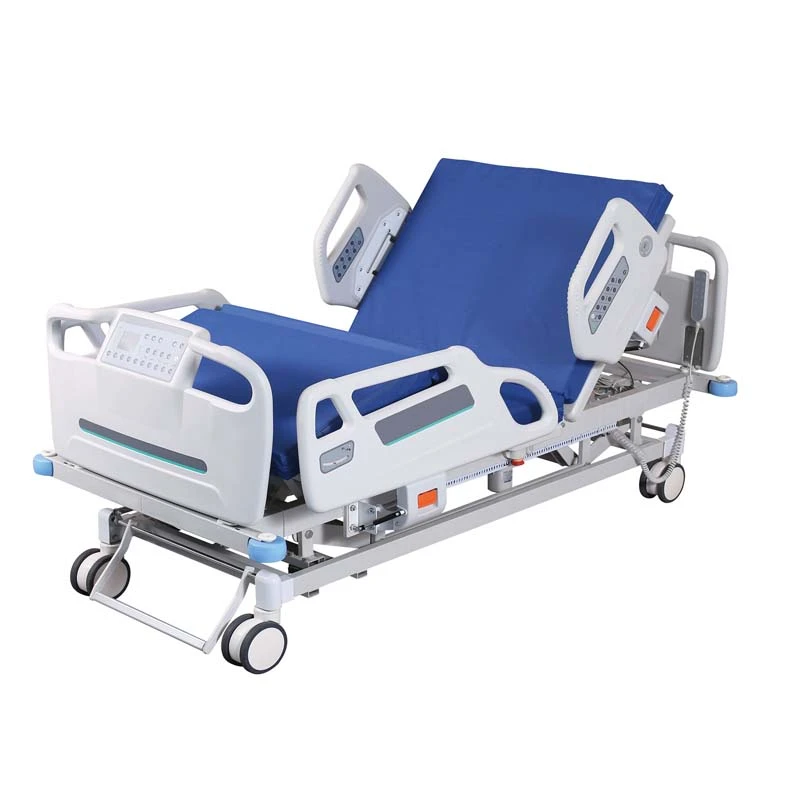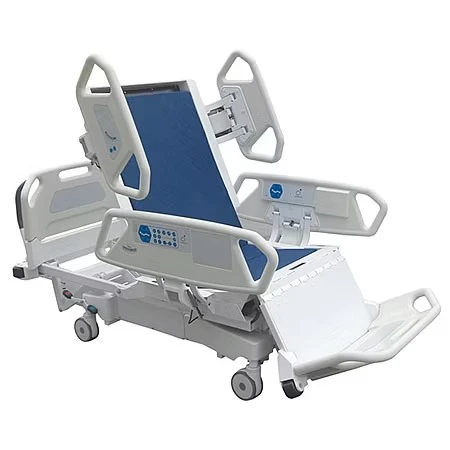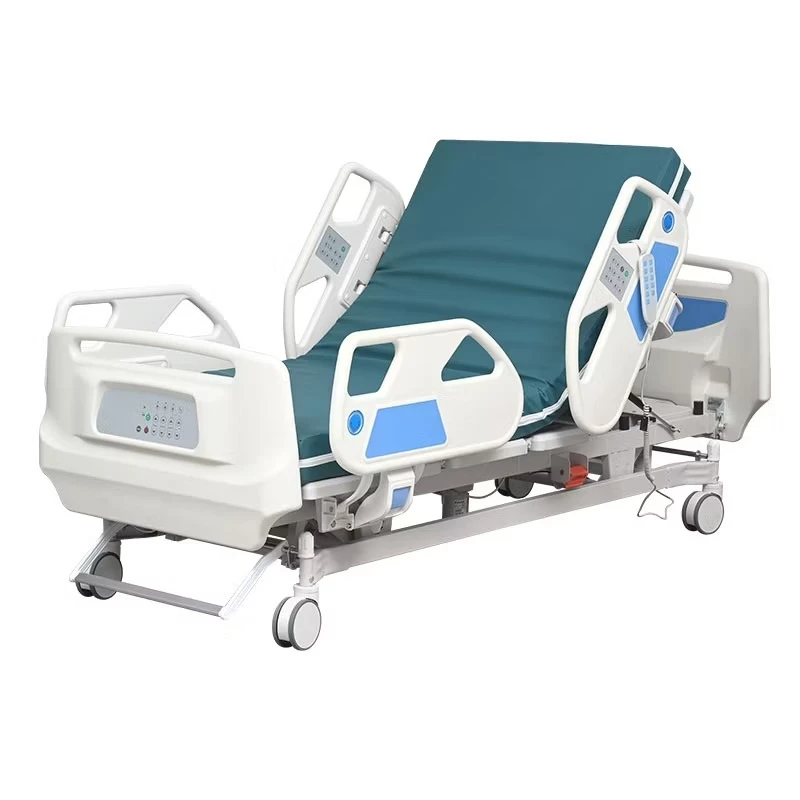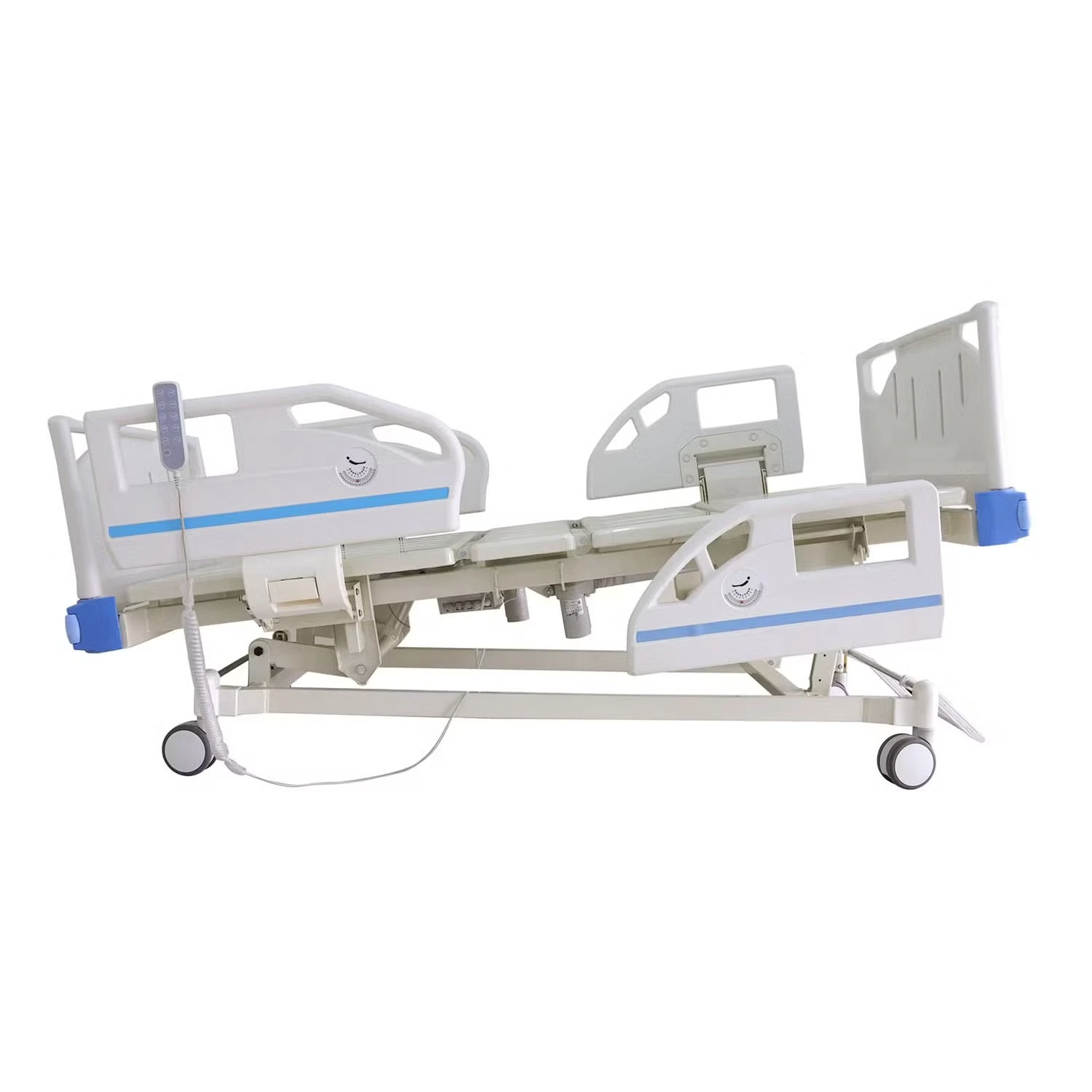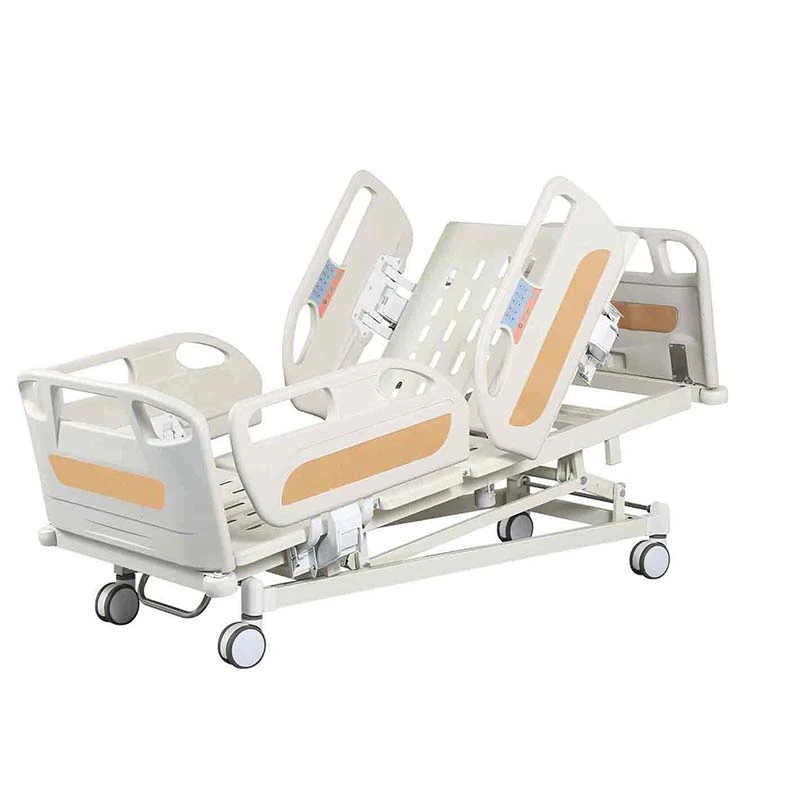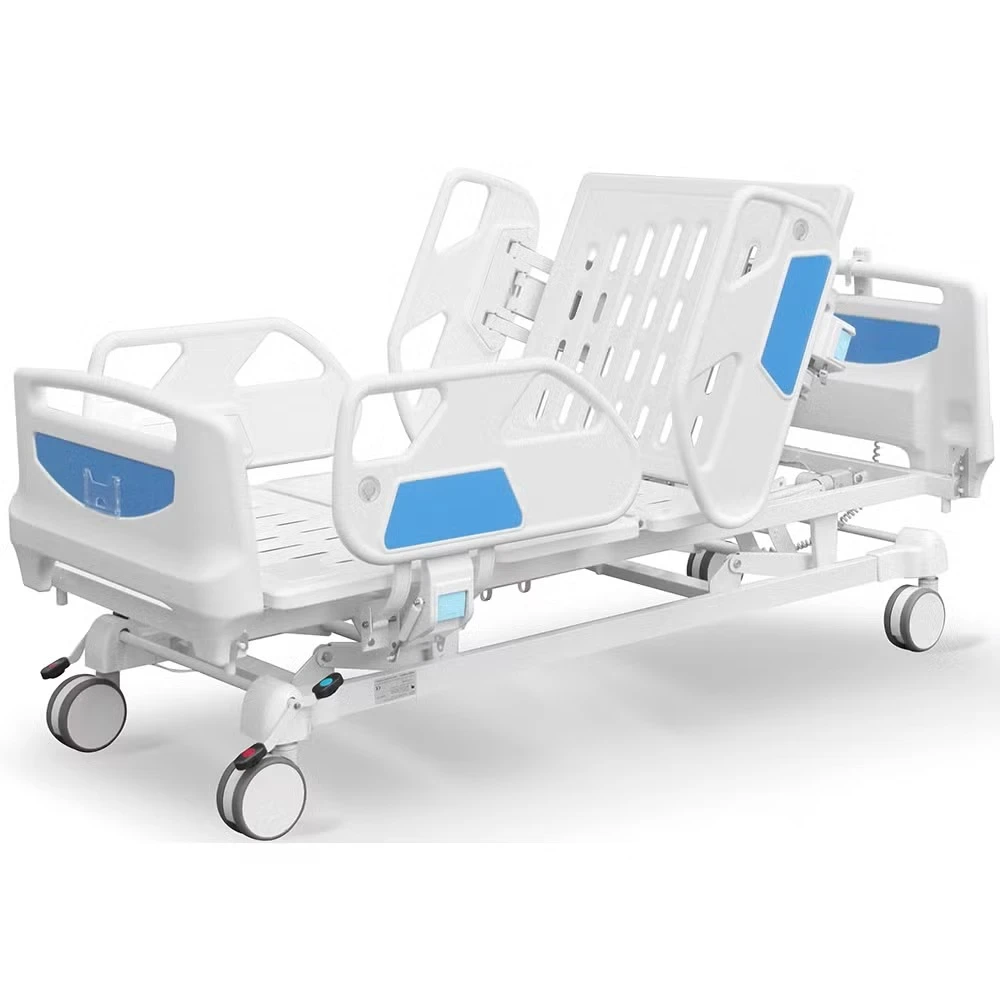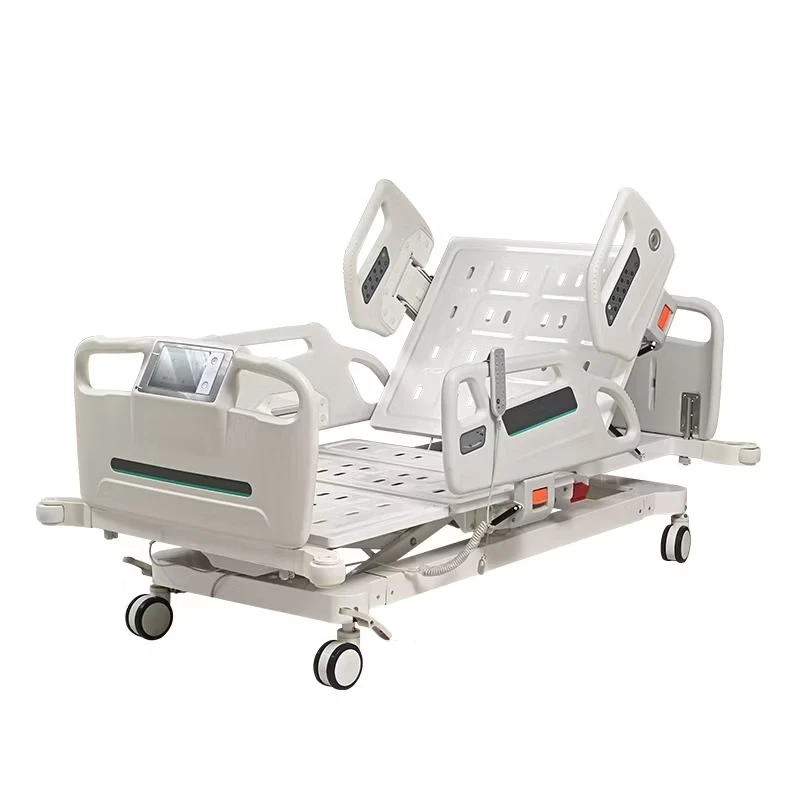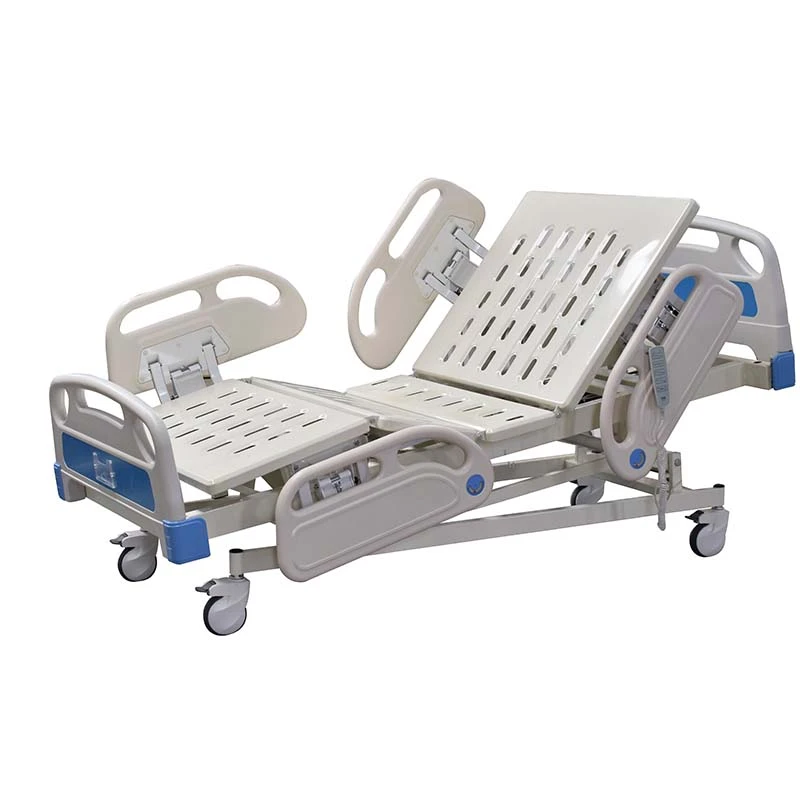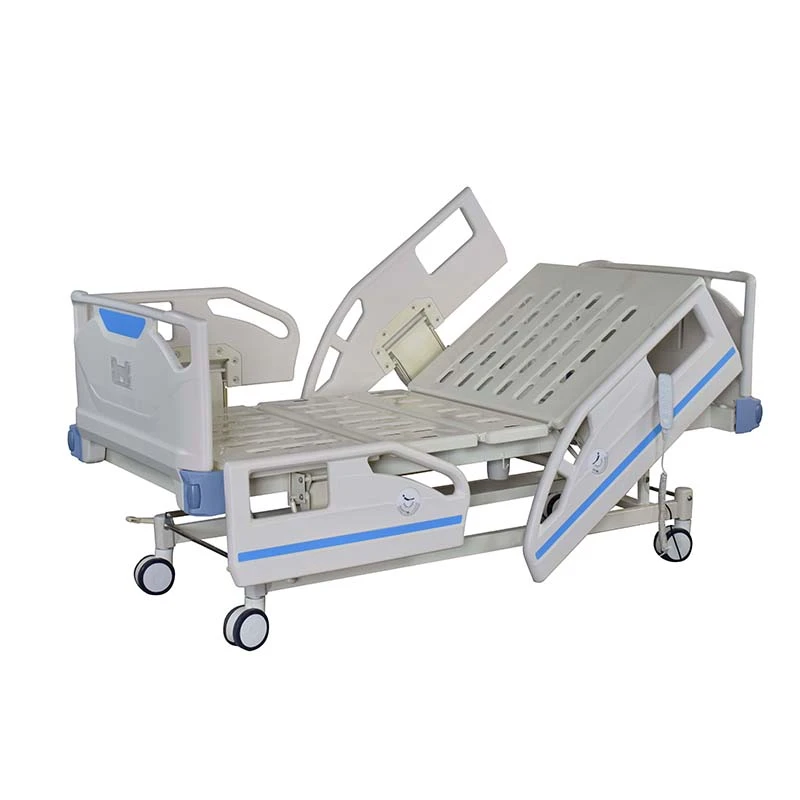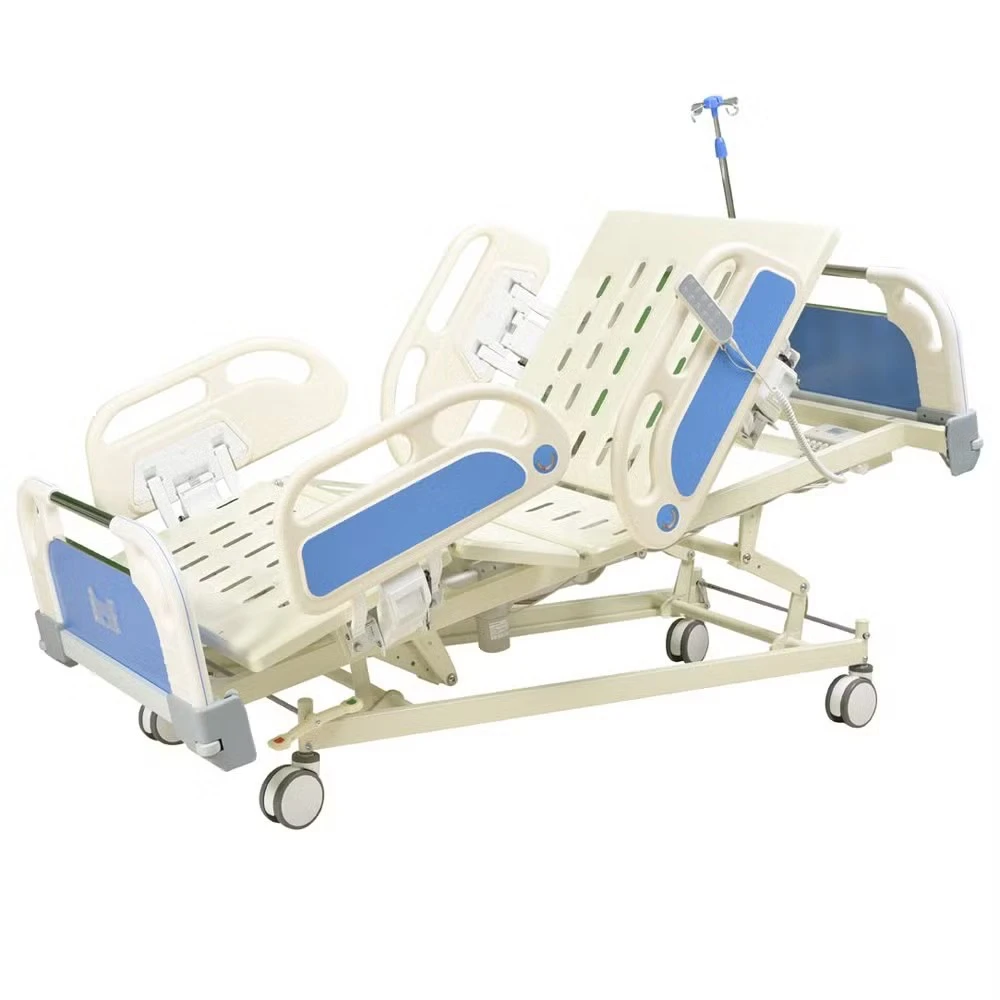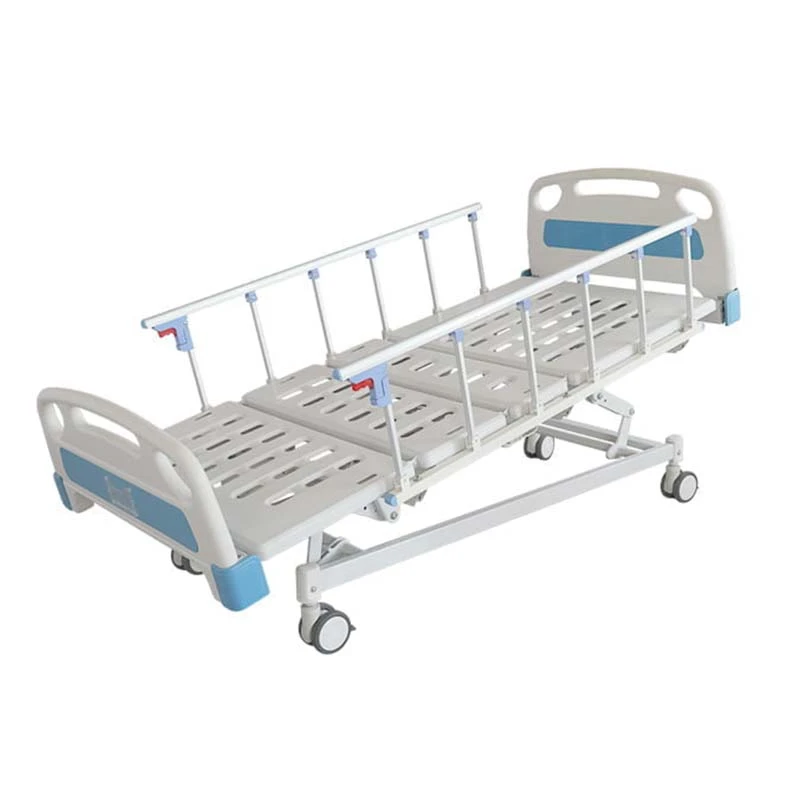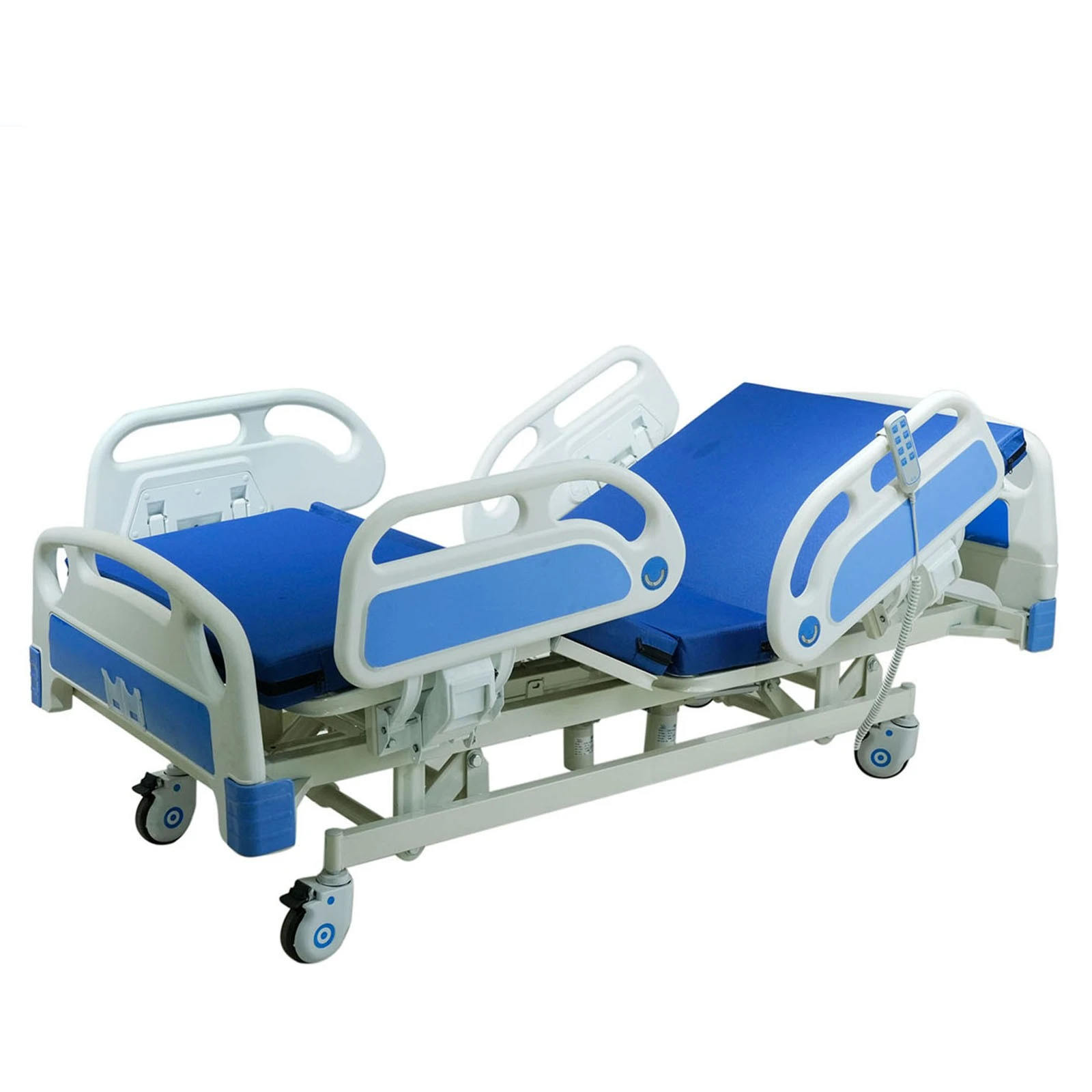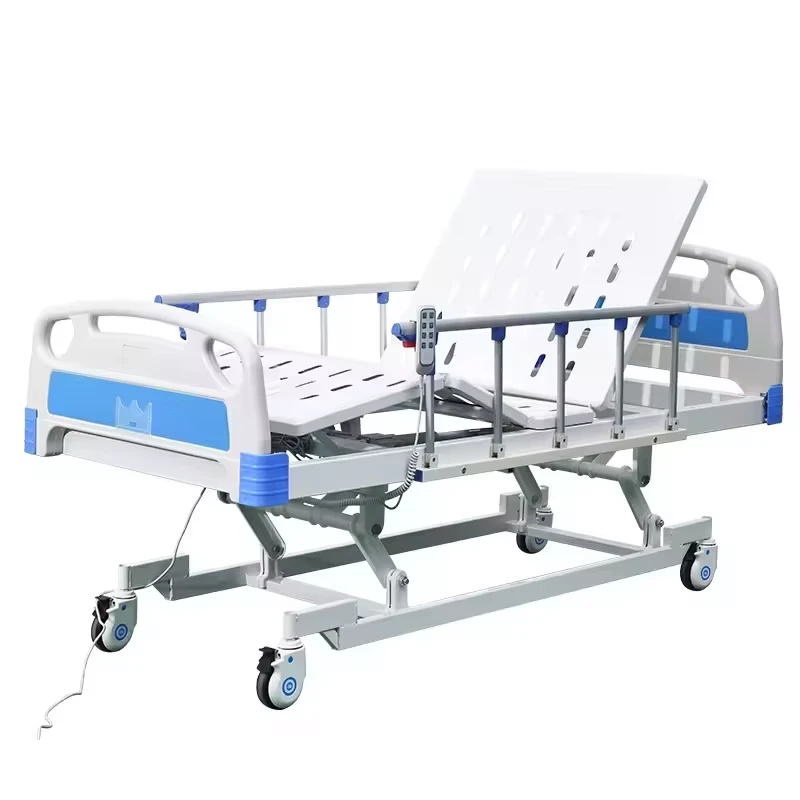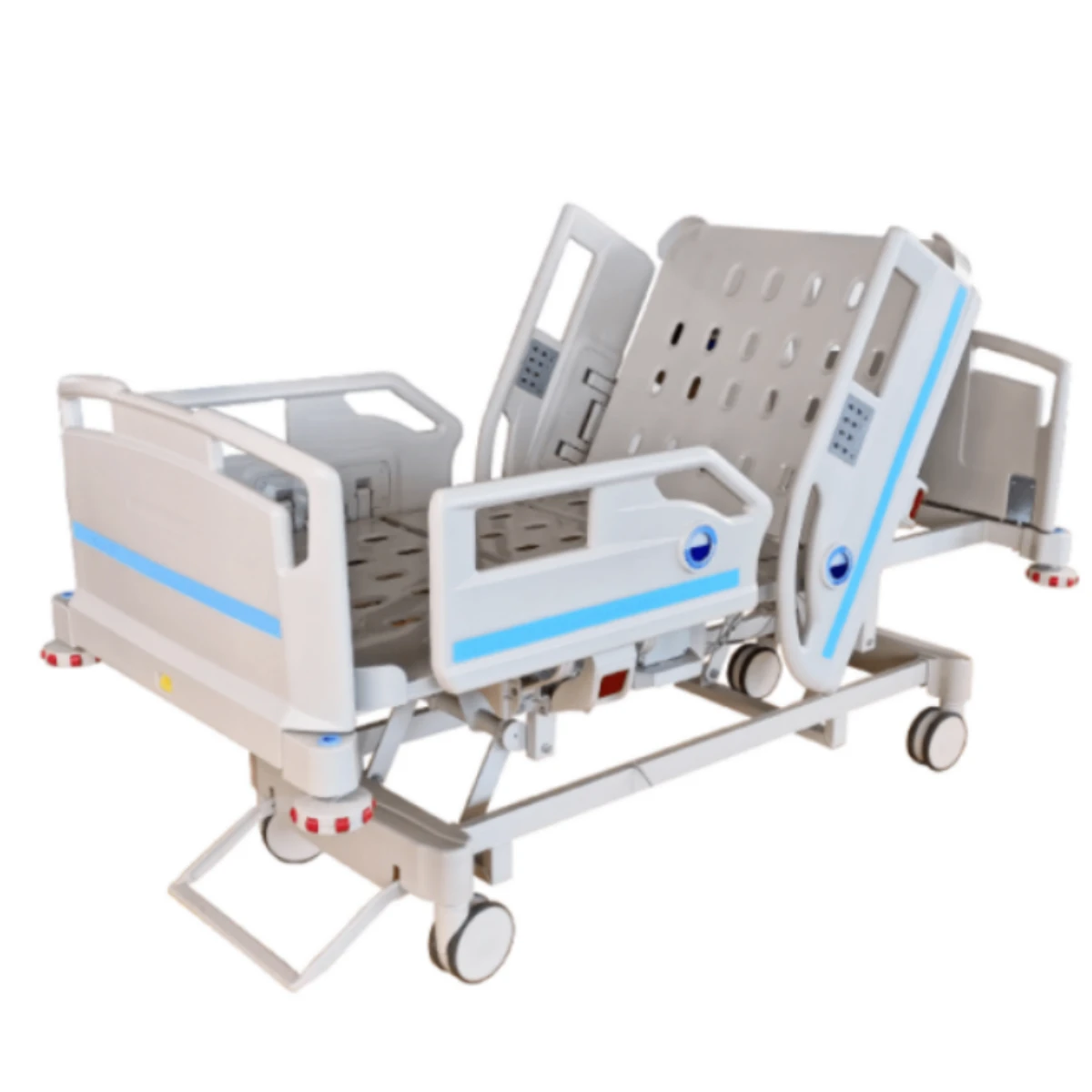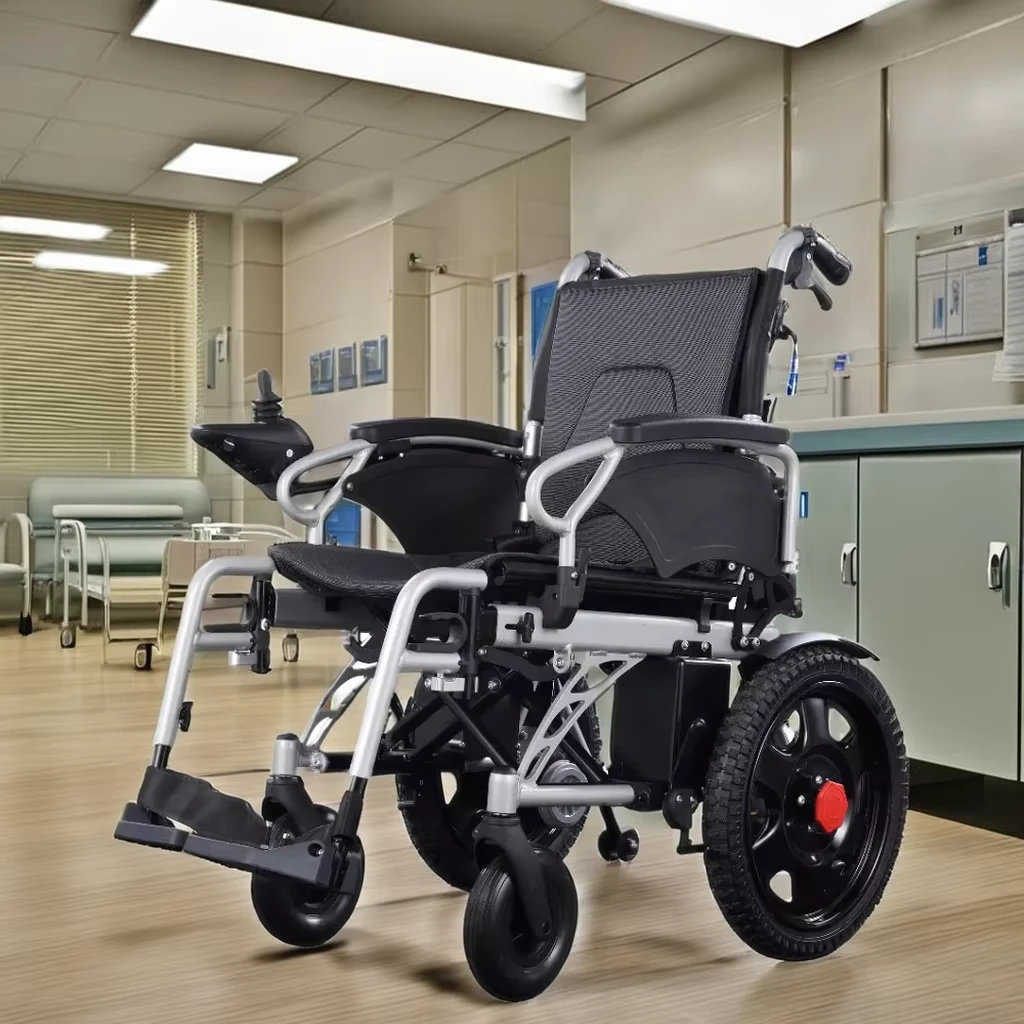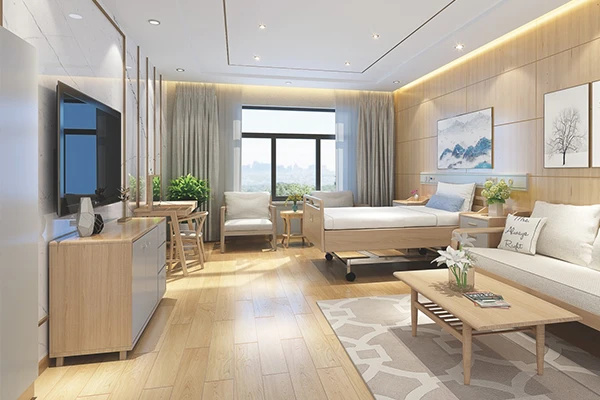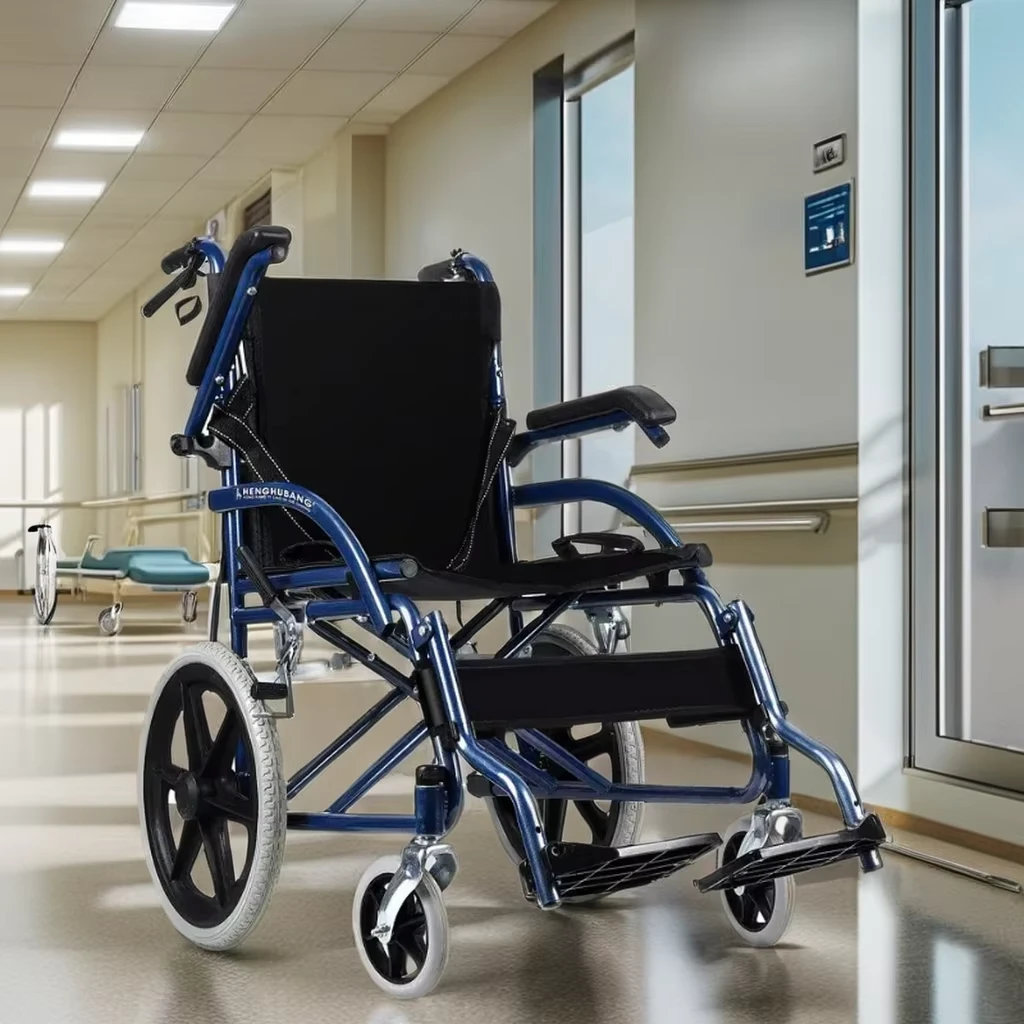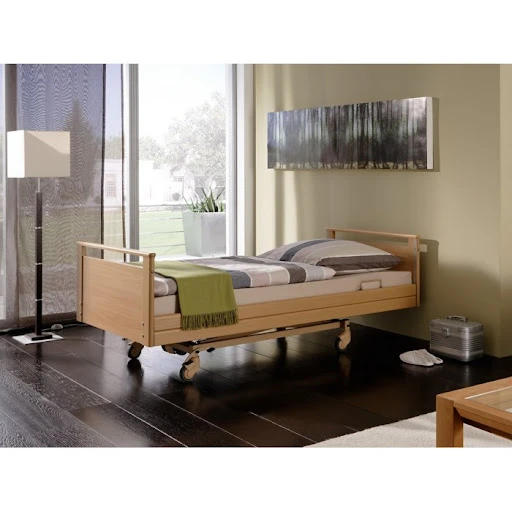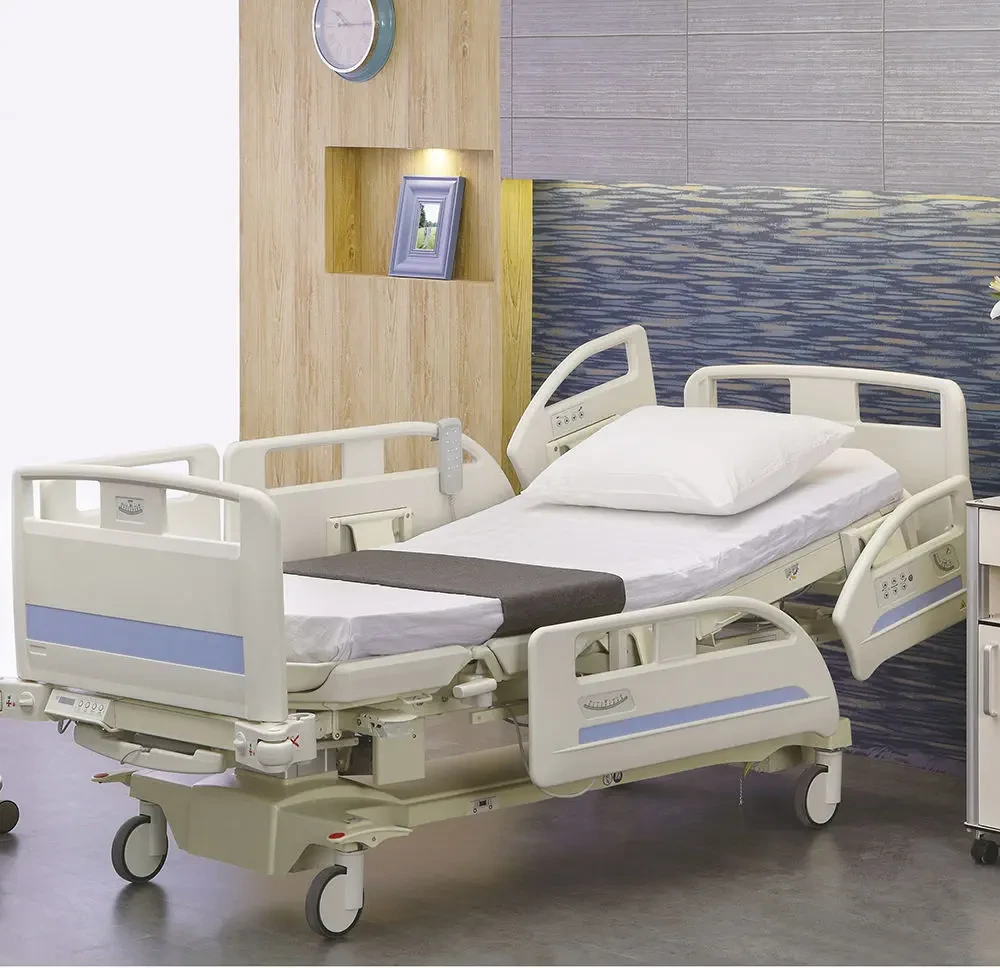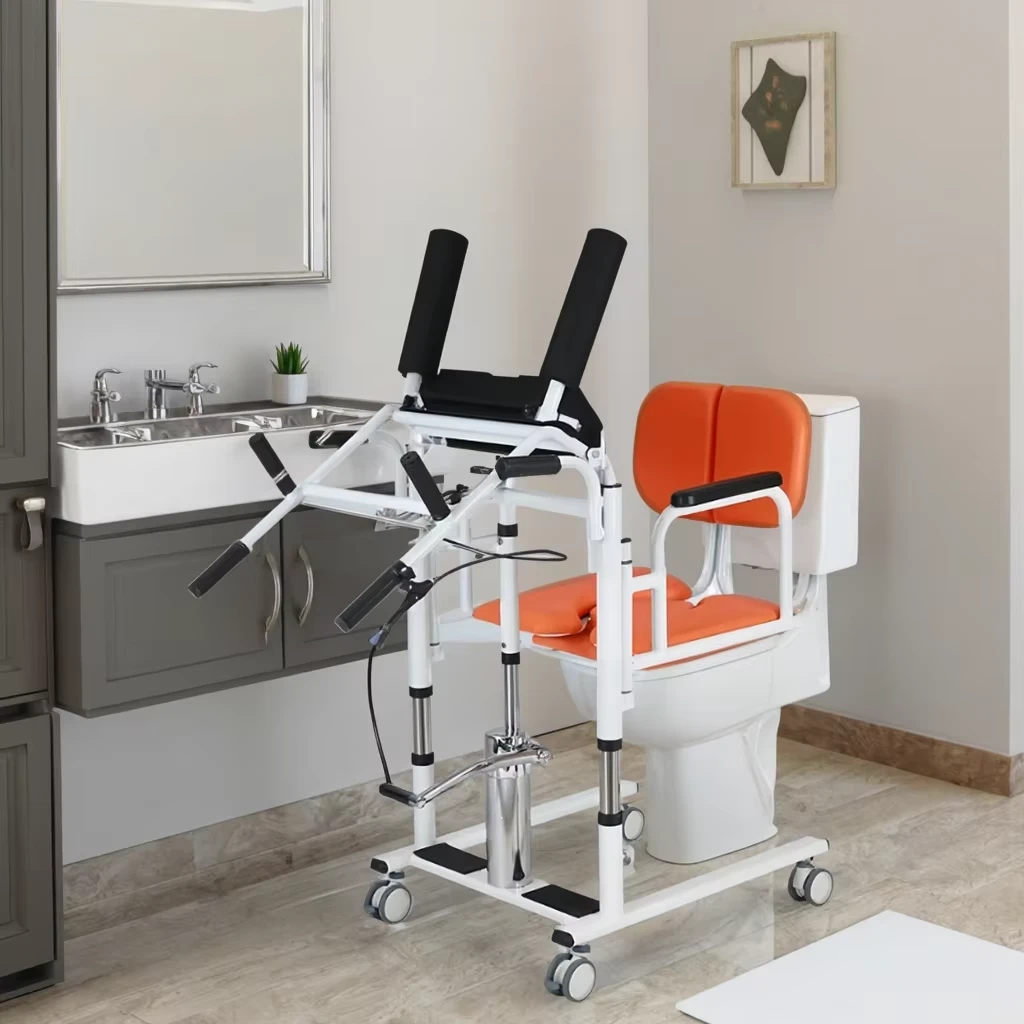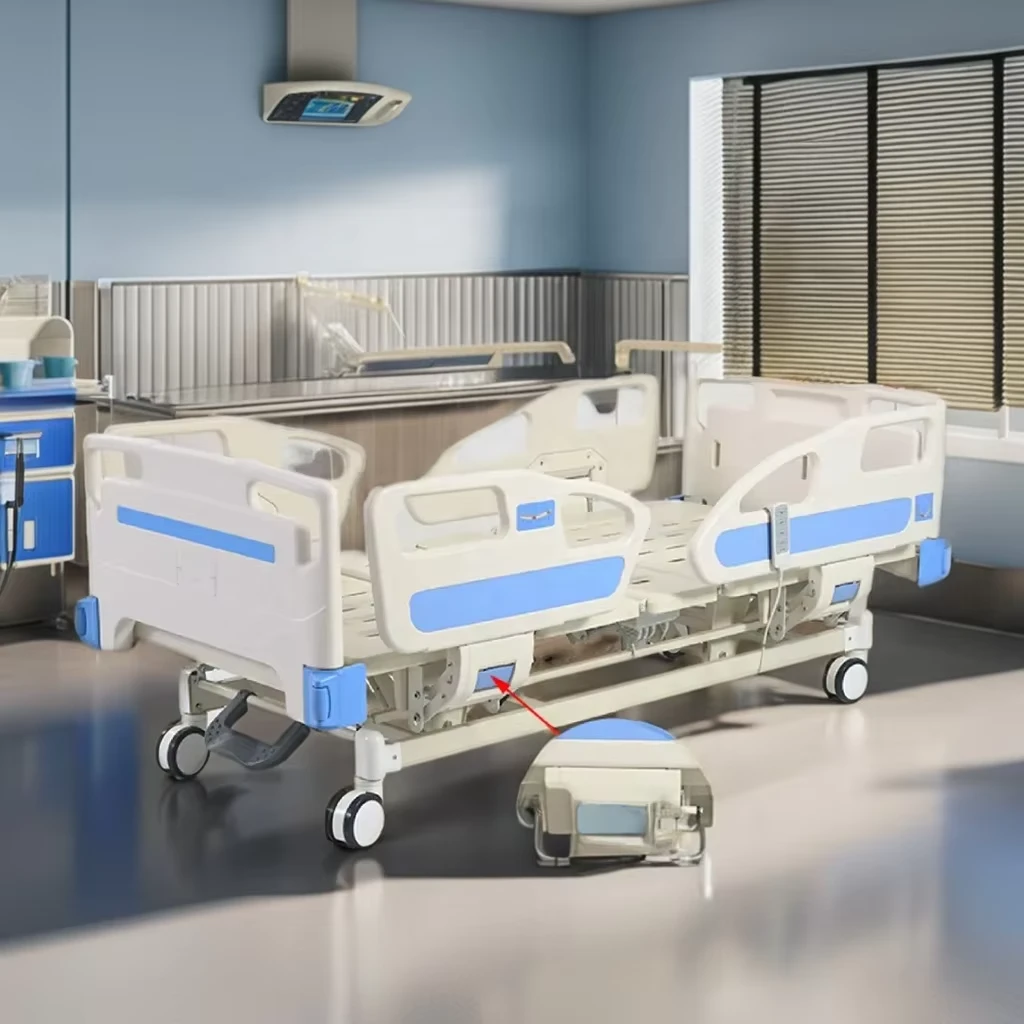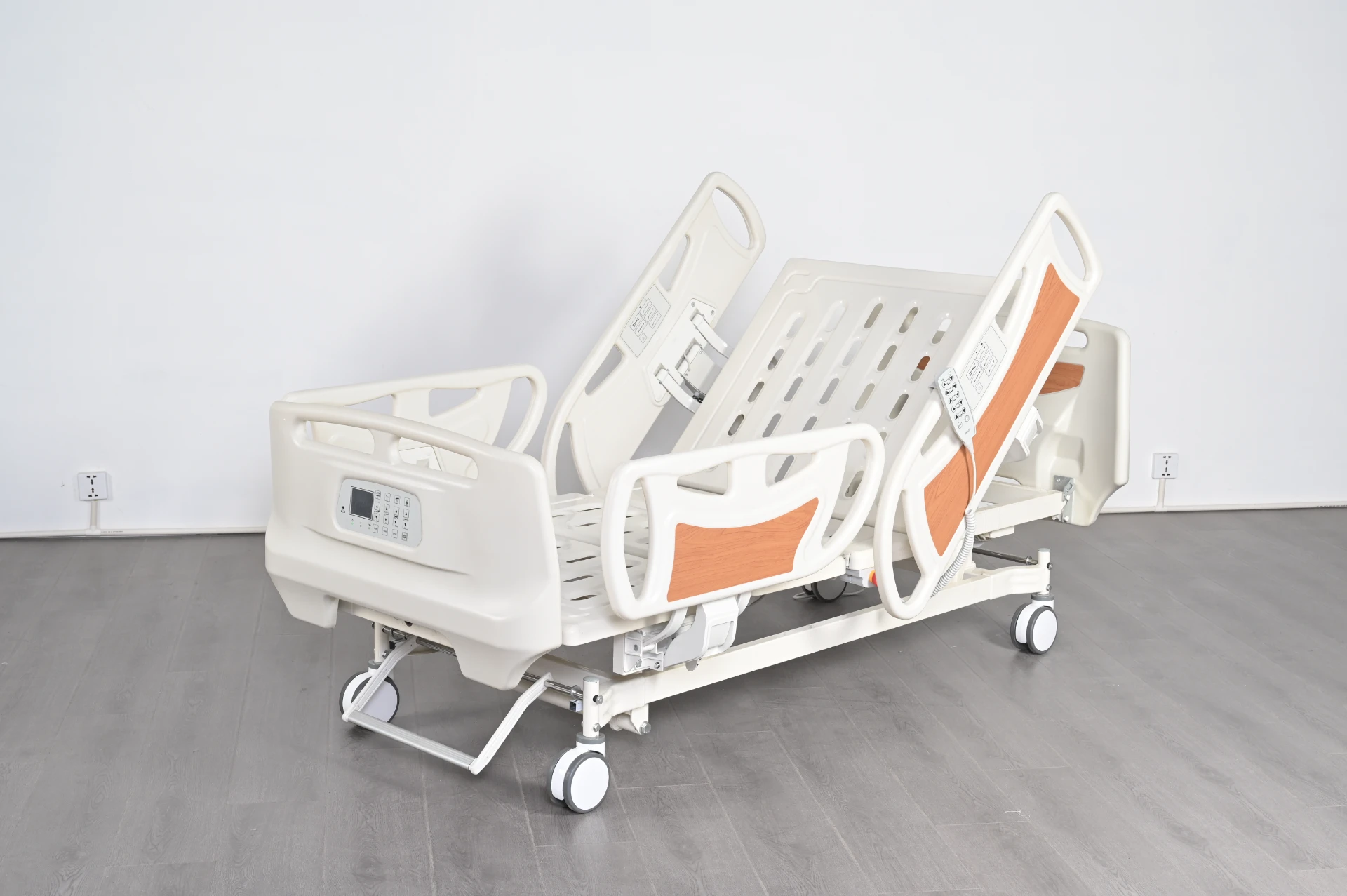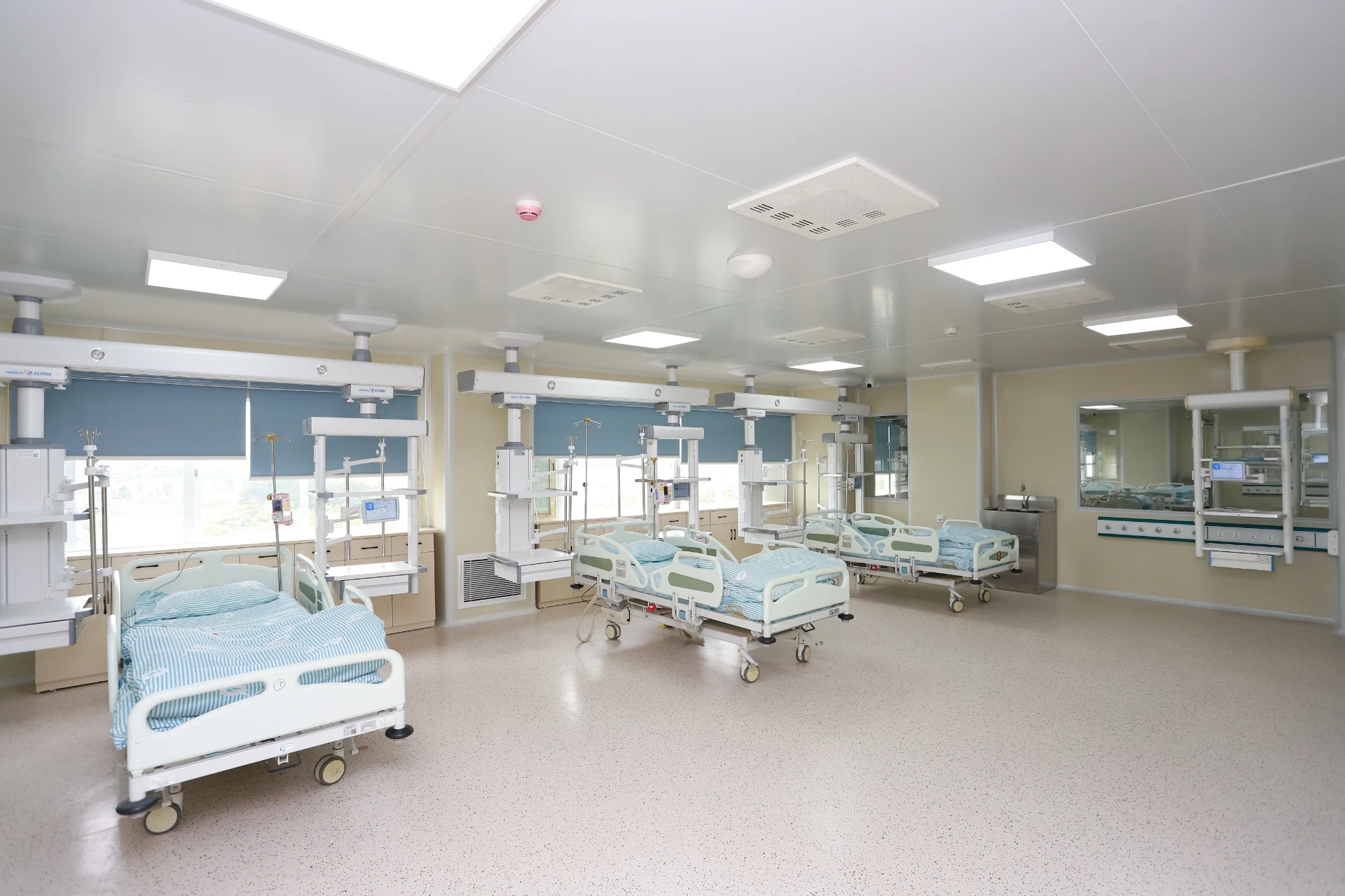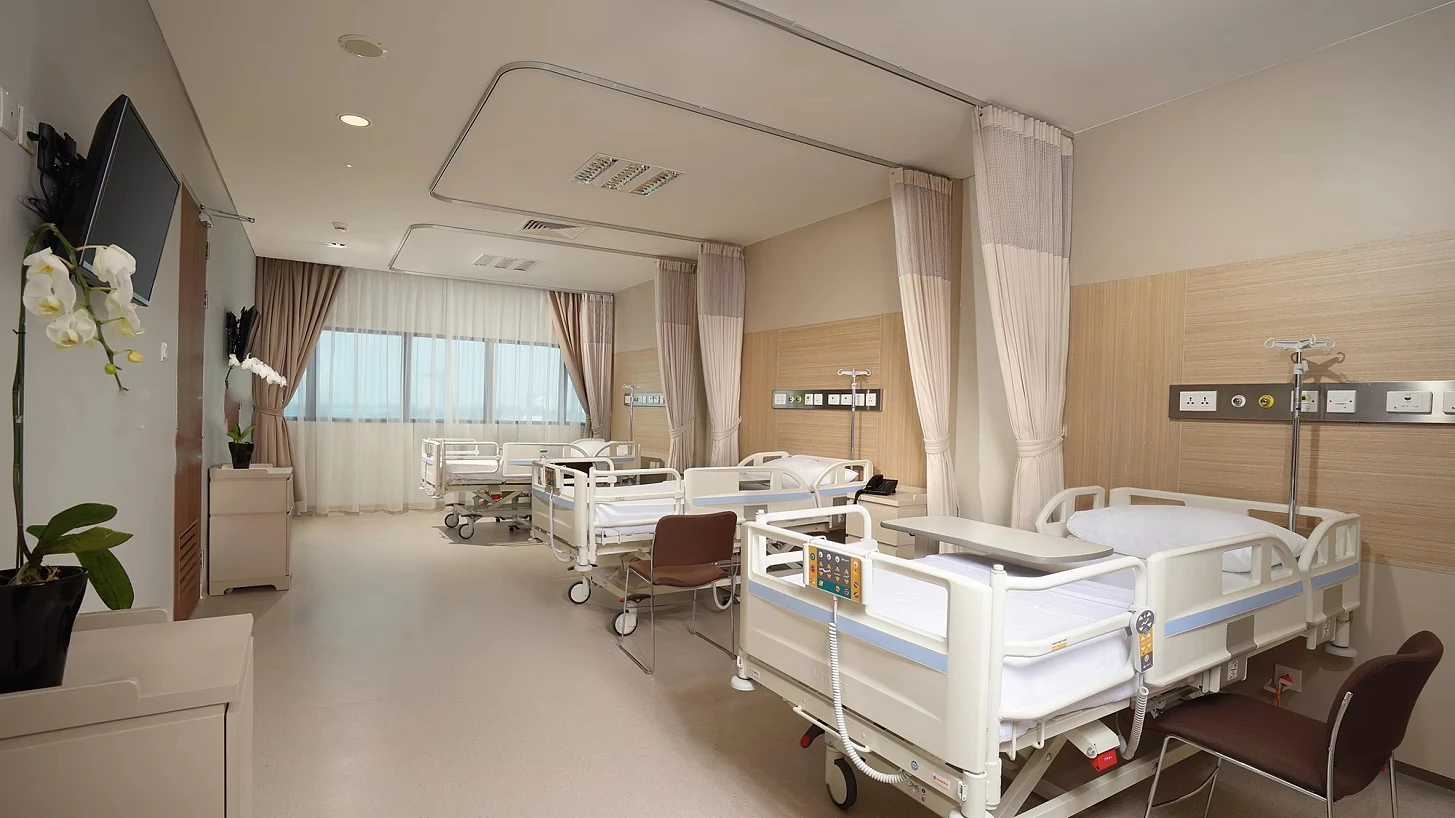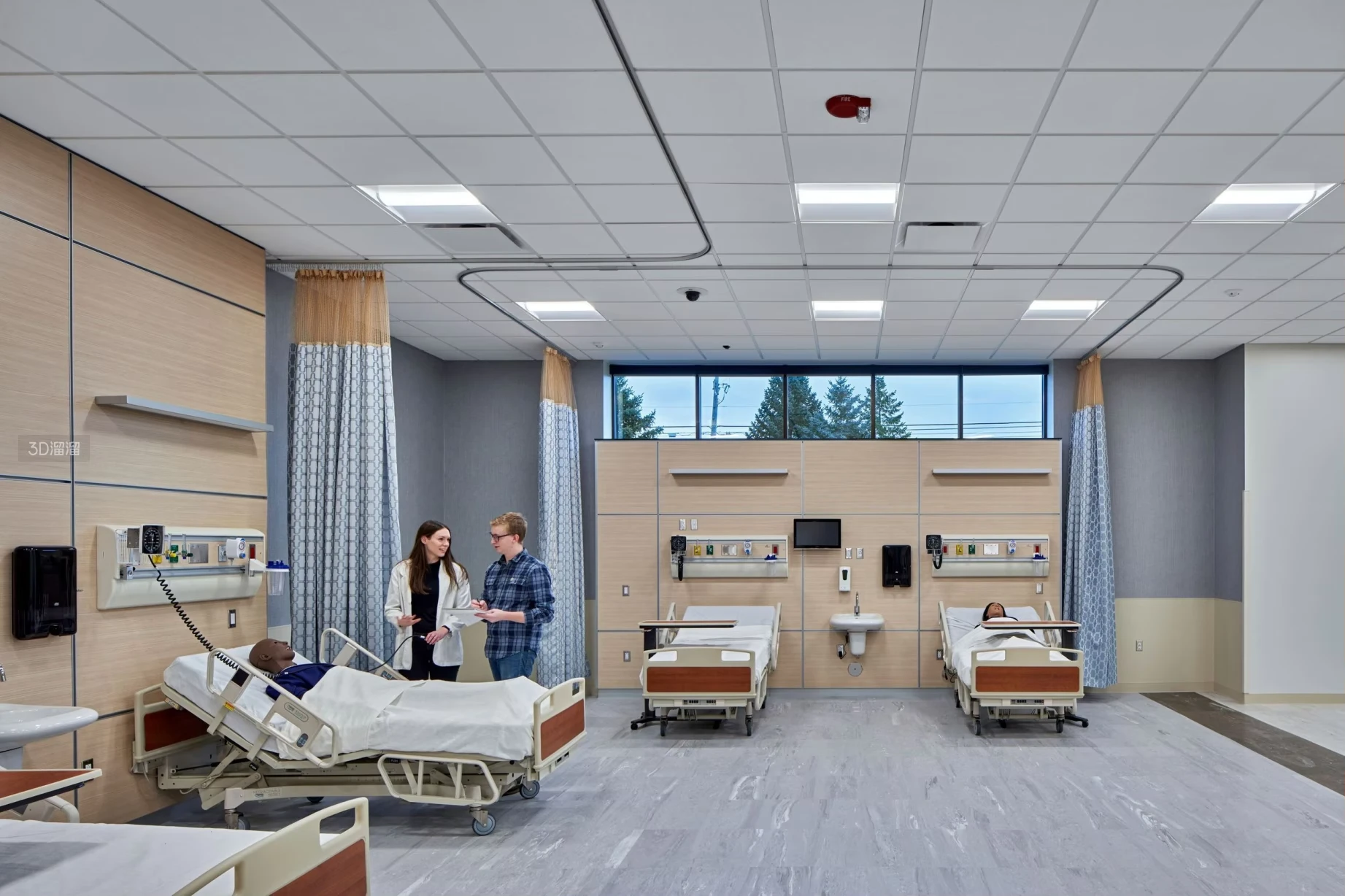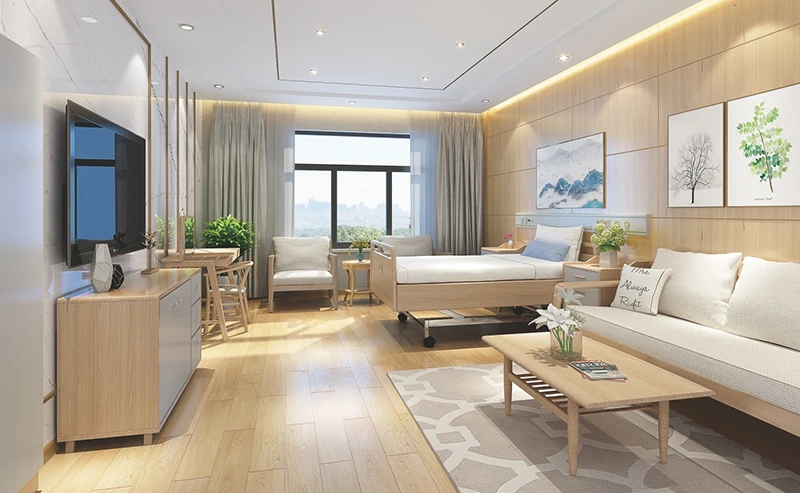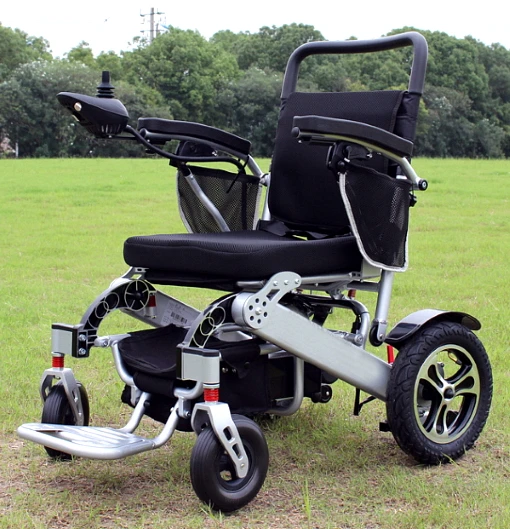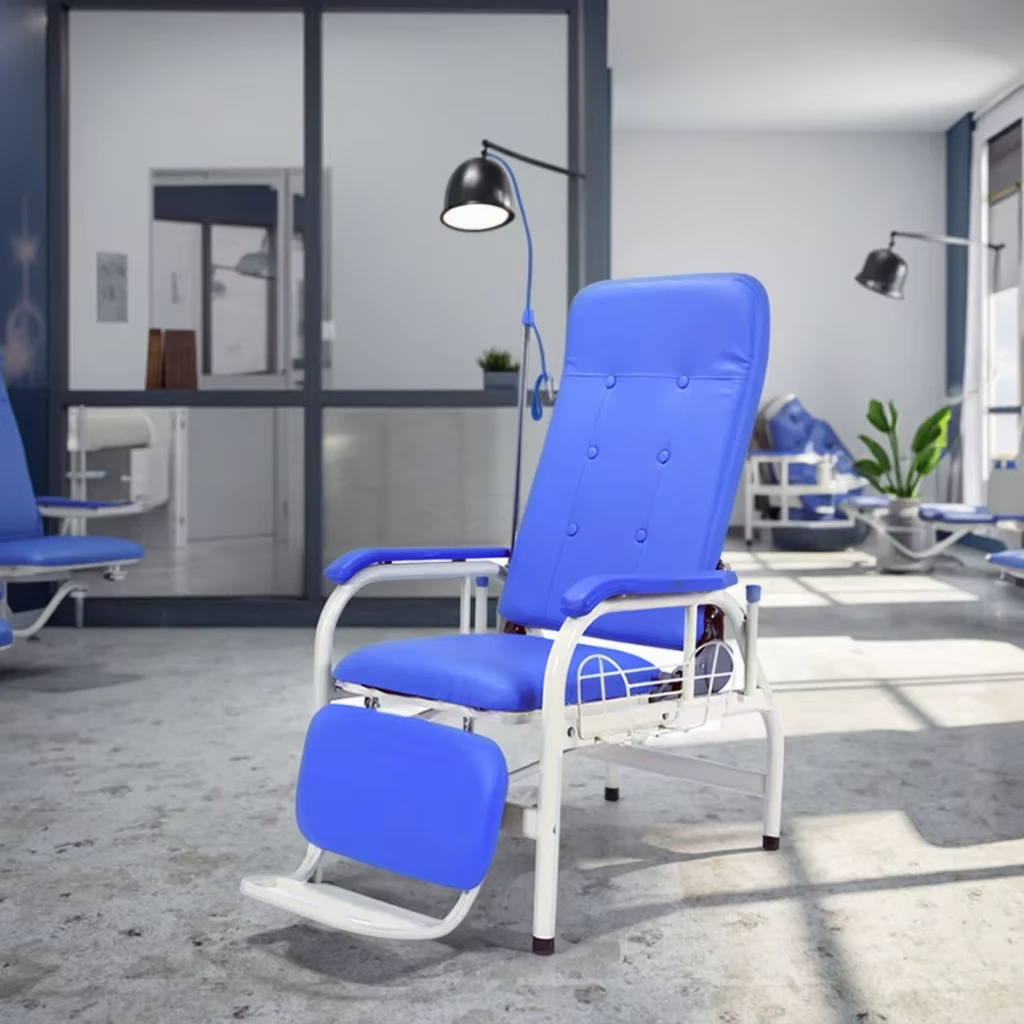Comfort in Care Spaces
Hospital environments are no longer just clinical spaces—they are now designed with a dual focus: patient well-being and operational efficiency. The evolving concept of prabot rumah sakit reflects this shift, where design meets function to enhance both the patient experience and healthcare delivery. From lobbies to ICUs, every piece of furniture plays a vital role in care outcomes, staff performance, and facility aesthetics.
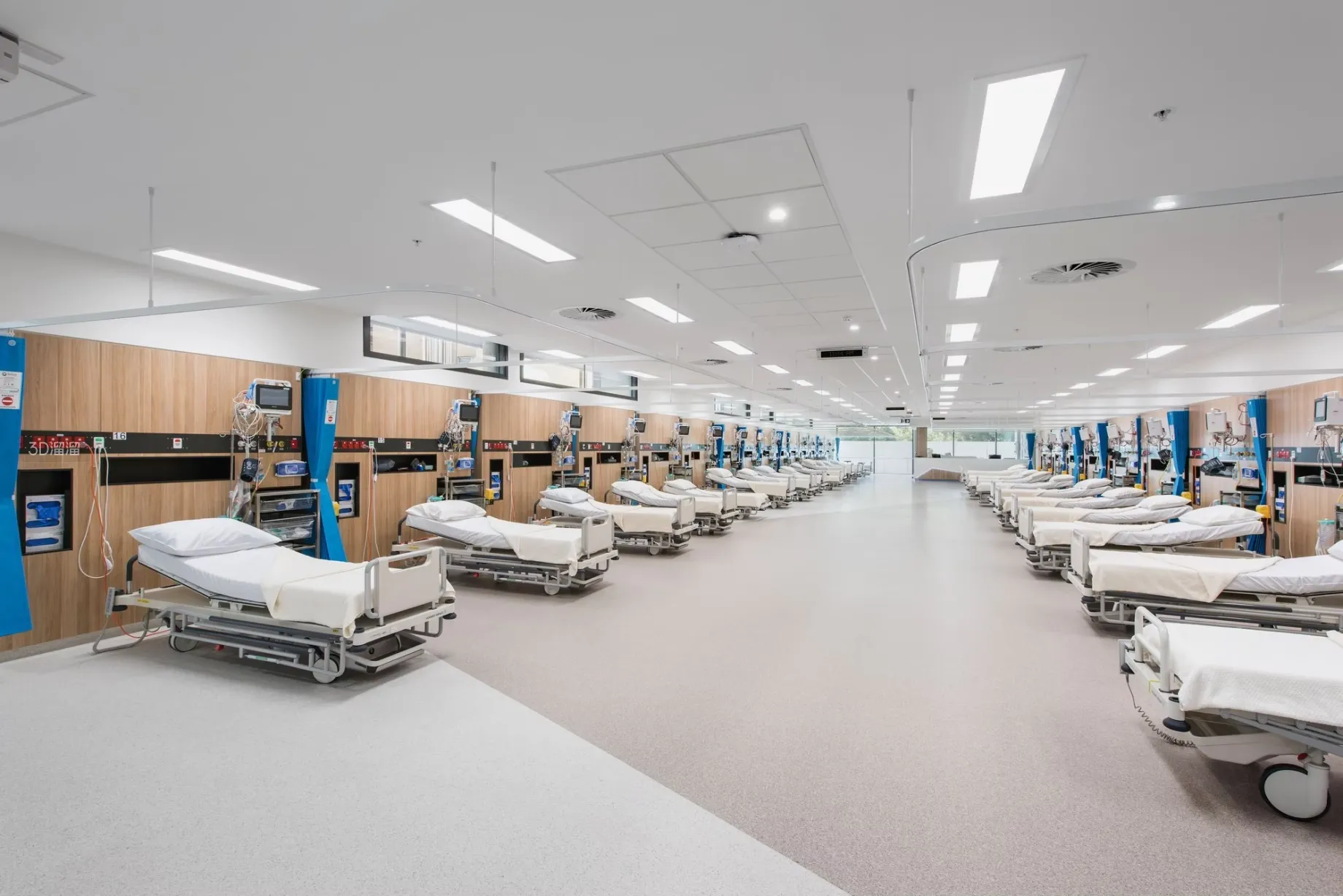
Hospital furniture is no longer just about beds and cabinets. It’s about the user journey—from the first impression in a hospital waiting room furniture setup to the specialized medical supplies furniture in diagnostic zones. The industry has entered a design-forward era, blending practicality with comfort and hygiene with hospitality. And as global healthcare facilities modernize, demand for smart, modular, and durable hospital furniture design solutions is growing exponentially.
Hospital furniture that Delivers More Than Support
Today’s prabot rumah sakit must meet far more than basic seating or bedding needs. The expectations have risen in terms of durability, flexibility, and patient-centered ergonomics. Modern hospital beds, workstations, and treatment tables are engineered for mobility and multifunctionality. These pieces are created to accommodate evolving medical technologies and assist in patient mobility, infection control, and comfort.
At the heart of these innovations is material selection. Antimicrobial surfaces, modular structures, and easy-clean designs make maintenance efficient and compliant with health regulations. Whether in surgical suites or administrative offices, quality prabot rumah sakit enhances workflow and reduces physical strain for healthcare providers. The emphasis on personalization—height-adjustable features, memory foam support, and compact storage—is a major step toward more inclusive and responsive medical environments.
Enhancing First Impressions with hospital waiting room furniture
A patient’s journey often starts in the waiting area—and the hospital waiting room furniture here significantly shapes perception and comfort. More than a place to sit, this furniture sets the tone for the care experience. Comfortable seating, calming color schemes, and spacious layouts are being adopted worldwide to reduce anxiety and support mental well-being while waiting.
Design matters: today’s hospital waiting room furniture emphasizes accessibility, clean lines, and noise-absorbing materials to ensure a tranquil atmosphere. There’s also a noticeable shift toward modular seating systems that adapt to space constraints and crowd flow. This flexibility is essential in accommodating individuals, families, or mobility-challenged visitors. Features like integrated power outlets, side tables, and touchscreen kiosks are turning waiting areas into multi-functional, supportive spaces.
Purpose-Built medical supplies furniture for Efficiency
From procedure trolleys to specialized cabinets, medical supplies furniture plays a pivotal role in day-to-day clinical functions. These fixtures are designed to organize, protect, and streamline access to essential equipment. The design philosophy behind this furniture segment centers around precision, safety, and easy navigation.
Material selection for medical supplies furniture includes stainless steel, antimicrobial laminates, and corrosion-resistant metals. Their configurations are tailored to suit the needs of each department—be it surgical tools, laboratory samples, or patient care kits. Integrated locks, label-friendly drawers, and mobile casters ensure the furniture stays functional yet secure. In high-paced environments like emergency rooms and ICUs, time saved by intuitive storage can translate to lives saved.
Elevating Interiors Through Thoughtful hospital furniture design
Behind every seamless patient experience is a well-thought-out hospital furniture design strategy. It involves more than aesthetics—it requires understanding space dynamics, patient needs, and clinical routines. Layouts must comply with health and safety codes while also offering comfort, privacy, and easy navigation.
Innovative hospital furniture design includes foldable visitor chairs, convertible patient recliners, smart over-bed tables, and multi-use nurse stations. By aligning design with function, hospitals can foster healing environments that support both short-term recovery and long-term treatment. Manufacturers are now collaborating with architects and healthcare professionals to ensure furniture supports infection control, noise reduction, and therapeutic ambiance.
The future of hospital furniture design lies in digital integration—bedside controls, smart lighting, and IoT-enabled monitoring will soon be standard. These improvements aim to not only improve care delivery but also to promote dignity and autonomy for patients.
Hospital furniture Pitakonan
What should I consider when choosing prabot rumah sakit?
Choosing prabot rumah sakit involves evaluating durability, safety compliance, patient comfort, and ease of cleaning. It's also crucial to ensure the design aligns with the hospital's workflow and spatial layout. Ergonomic designs that reduce staff fatigue and modular setups that enable reconfiguration are especially valuable in dynamic care environments.
How can hospital waiting room furniture improve patient satisfaction?
Hospital waiting room furniture contributes to the overall comfort and mental well-being of patients and visitors. Modern, ergonomic seating, calming color palettes, and accessible arrangements reduce stress and promote a sense of calm. Thoughtful layouts that account for privacy and offer amenities such as charging ports or information displays enhance the experience further.
Why is specialized medical supplies furniture essential in hospitals?
Specialized medical supplies furniture ensures that critical tools and materials are stored securely, accessed quickly, and organized clearly. It increases efficiency in high-pressure environments and reduces risks associated with misplacement or contamination. Its mobility and durability allow for use across different departments with minimal disruption.
What are the latest trends in hospital furniture design?
Current trends in hospital furniture design include modularity, sustainable materials, digital integration, and patient-centric ergonomics. Designers are focusing on creating environments that feel more like hospitality spaces than sterile clinics, enhancing the healing process. The use of anti-microbial surfaces, intuitive interfaces, and minimalist aesthetics are also becoming industry norms.
Where can I source customizable prabot rumah sakit for large facilities?
Customizable prabot rumah sakit is available through specialized healthcare manufacturers and suppliers who offer design consultations and tailored solutions. These vendors often provide bulk procurement options, 3D layout planning, and after-sales support. Working with a reputable manufacturer ensures adherence to safety standards and timely delivery for large-scale projects.



